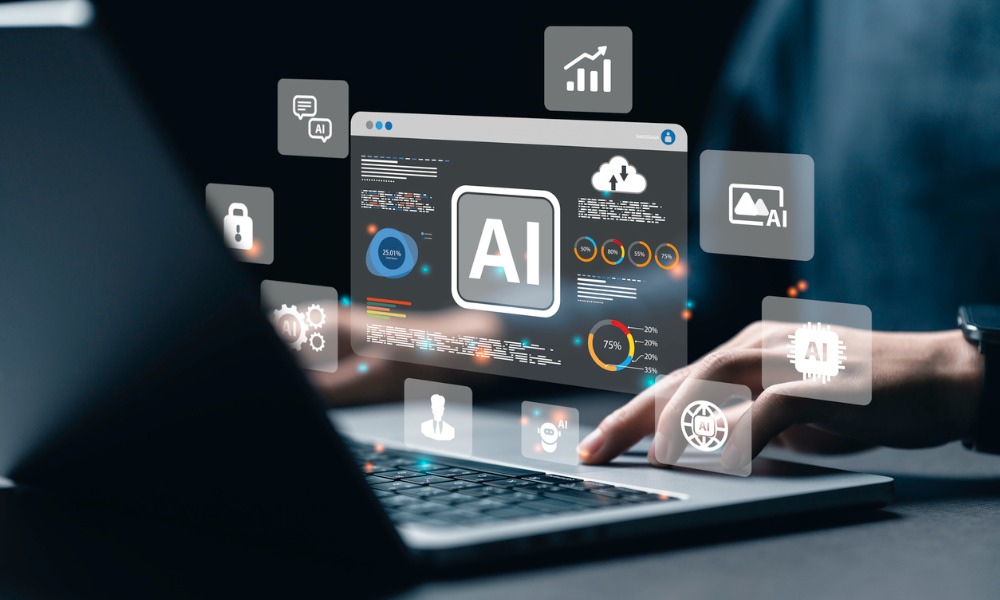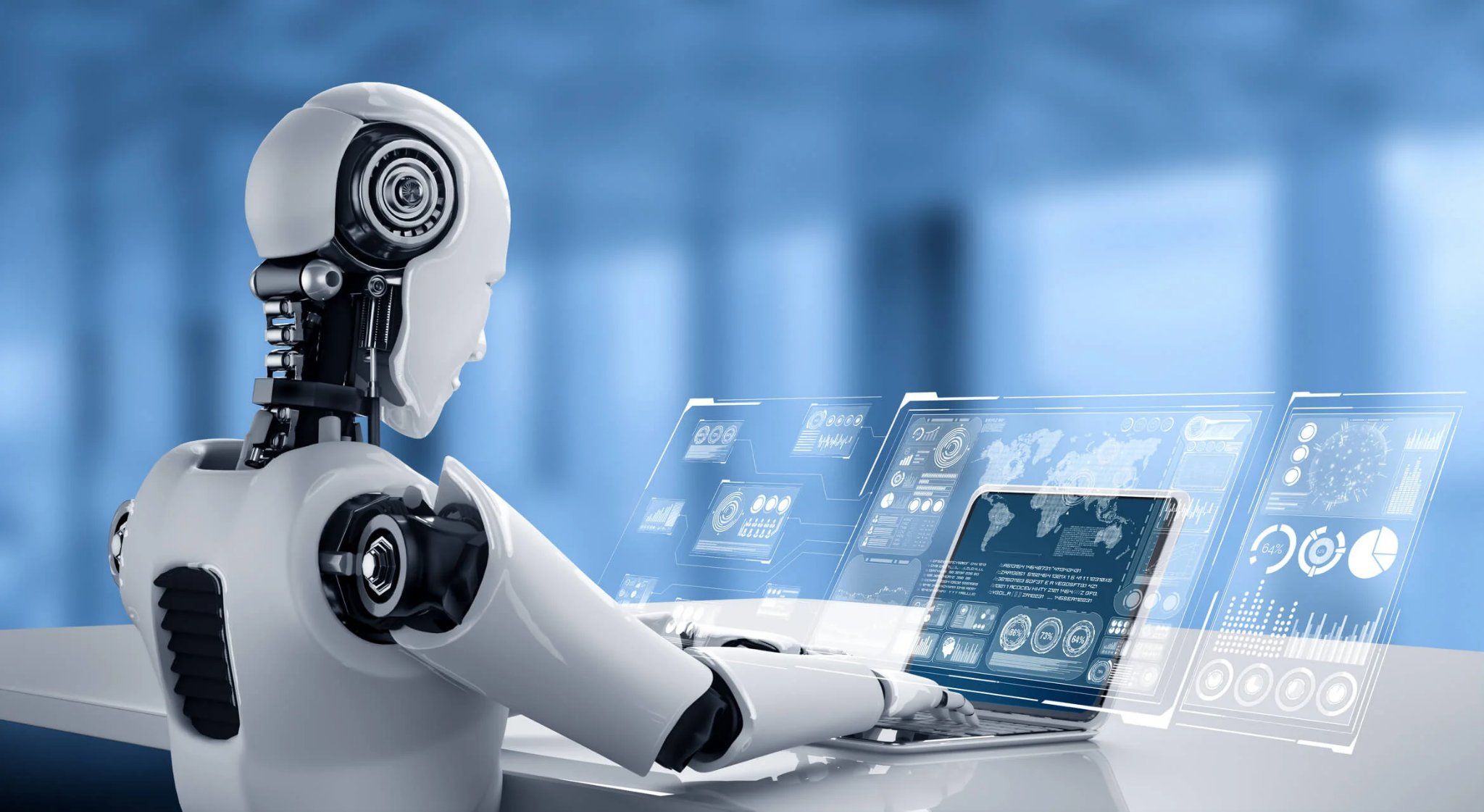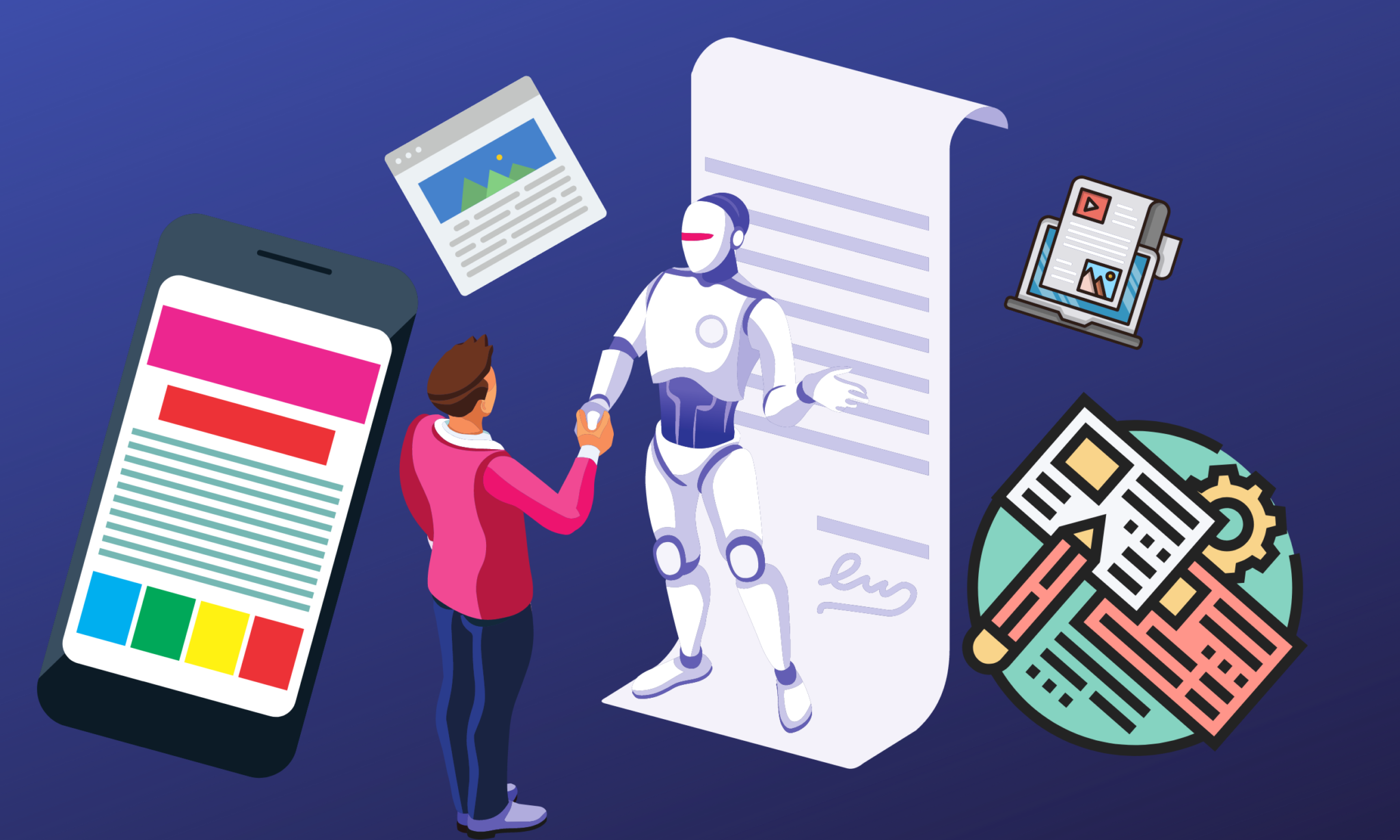Unlock the Power of AI Tools for Image Processing

As technology continues to advance, we are seeing a significant shift towards the use of artificial intelligence (AI) in various industries. One area where AI has made a significant impact is in image processing. With the help of AI tools, we can now analyze and manipulate images in ways that were previously unimaginable. In this article, we will explore the world of AI tools for image processing and how they are revolutionizing the way we see images.
1. Understanding AI Tools for Image Processing

What are AI Tools for Image Processing?
AI tools for image processing are software programs that use artificial intelligence algorithms to analyze, manipulate, and enhance images.
These tools are designed to mimic human visual perception and can perform tasks such as object detection, image recognition, and image restoration with remarkable accuracy and speed. They can also be used alongside a commercial labeling machine to make it more effective.
How do AI Tools for Image Processing Work?
AI tools for image processing work by using deep learning algorithms to analyze large datasets of images. These algorithms are trained on millions of images and learn to recognize patterns, objects, and features within the images. Once trained, these algorithms can then be applied to new images, allowing them to accurately identify and manipulate different elements within the image.
Advantages of Using AI Tools for Image Processing
There are several advantages to using AI tools for image processing, including:
- Speed: AI tools can process large amounts of data at lightning-fast speeds, making them ideal for tasks that require quick analysis of images.
- Accuracy: With the ability to learn from vast datasets, AI tools can achieve a level of accuracy that far surpasses human capabilities.
- Automation: AI tools can automate repetitive tasks, freeing up time for humans to focus on more complex tasks.
- Cost-effective: By automating tasks, AI tools can significantly reduce the cost of image processing, making it accessible to businesses of all sizes.
2. Types of AI Tools for Image Processing
Object Detection Tools
Object detection tools use deep learning algorithms to identify and locate objects within an image. These tools are commonly used in surveillance, self-driving cars, and medical imaging.
Image Recognition Tools
Image recognition tools use deep learning algorithms to classify images into different categories. These tools are widely used in e-commerce, where they can automatically tag products in images, making it easier for customers to find what they are looking for.
Image Restoration Tools
Image restoration tools use AI algorithms to restore old or damaged images by filling in missing parts and enhancing the overall quality of the image. These tools are commonly used in historical preservation and digital restoration of old photographs.
3. Popular AI Tools for Image Processing
Google Cloud Vision API
Google Cloud Vision API is a powerful tool that uses AI to analyze images and extract valuable insights. It can detect objects, faces, and text within images and provide accurate labels and annotations. This tool is widely used in industries such as retail, healthcare, and media.
Adobe Sensei
Adobe Sensei is an AI-powered platform that offers a range of tools for image processing, including object detection, image recognition, and content-aware fill. It is integrated into Adobe’s Creative Cloud suite, making it easily accessible to designers and photographers.
Amazon Rekognition
Amazon Rekognition is a cloud-based AI tool that can analyze images and videos to identify objects, people, and activities. It is commonly used in security and surveillance, as well as in marketing and advertising.
4. Challenges and Limitations of AI Tools for Image Processing
Data Bias
One of the biggest challenges with AI tools for image processing is data bias. Since these tools are trained on large datasets, they can inherit any biases present in the data. This can lead to inaccurate results and perpetuate societal biases.
Lack of Interpretability
Another limitation of AI tools for image processing is the lack of interpretability. While these tools can achieve remarkable accuracy, it is often challenging to understand how they arrive at their conclusions. This makes it difficult to trust their results and can be a barrier to adoption in some industries.
Computing Power and Cost
AI tools for image processing require significant computing power, which can be costly for businesses. This can make it challenging for smaller companies to adopt these tools, limiting their access to the benefits of AI.
FAQs

What is the difference between AI and traditional image processing techniques?
Traditional image processing techniques rely on predefined rules and algorithms, while AI tools use deep learning algorithms to learn from data and improve over time. This allows AI tools to achieve a level of accuracy that is not possible with traditional techniques.
Can AI tools for image processing replace human photographers and designers?
No, AI tools cannot replace human creativity and intuition. While they can automate certain tasks, the creative aspect of photography and design still requires human input.
Are there any ethical concerns surrounding the use of AI tools for image processing?
Yes, there are ethical concerns surrounding the use of AI tools, such as data bias and lack of interpretability. It is essential to address these concerns and ensure that these tools are used ethically and responsibly.
How can businesses benefit from using AI tools for image processing?
Businesses can benefit from using AI tools for image processing in various ways, including increased efficiency, cost savings, and improved accuracy. These tools can also provide valuable insights and help businesses make data-driven decisions.
Will AI tools for image processing continue to evolve in the future?
Yes, AI tools for image processing will continue to evolve and improve as technology advances. We can expect to see more advanced features and capabilities in the coming years, making them even more powerful and versatile.
Video
Conclusion
AI tools for image processing have revolutionized the way we see and interact with images. With their ability to analyze, manipulate, and enhance images at lightning-fast speeds, these tools have opened up a world of possibilities in various industries. While there are still challenges and limitations to overcome, the future looks bright for AI-powered image processing. As technology continues to advance, we can expect to see even more advanced and sophisticated AI tools that will continue to push the boundaries of what is possible with images.

















